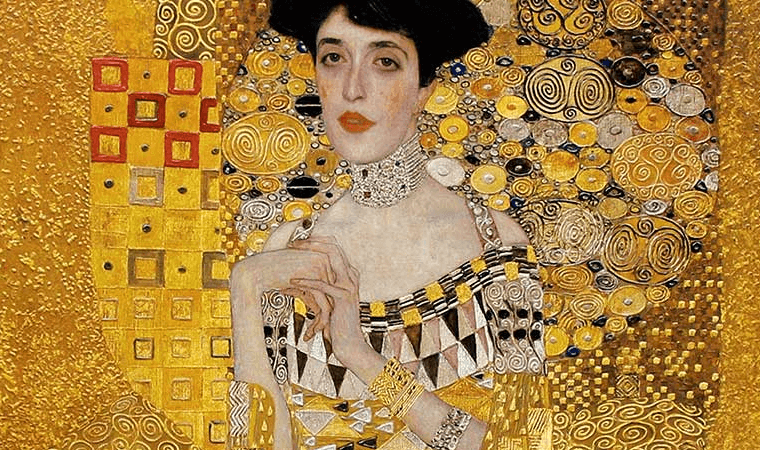
Who is Gustav Klimt? School, Education, Interests
Gustav Klimt was an Australia painter and founder of the school of painting called the Vienna Sezession. Klimt dominated the art scene of the 19th century. He was famous for his decorative art, a genre that most of his contemporary artists never adopted.
His famous painting are ‘Old Burgtheater in Vienna’, The Kiss’, ‘portrait of Baroness Elisabeth Bachofen-Echt’ and ‘portrait of Adele Bloch-Bauer I’. Gustav Klimt was born in Baumgarten, Austria, to Ernst Klimt and Anne Klimt.
He had six siblings. His father worked a gold silver engraver in Vienna. His family was poor and Klimt had a difficult childhood. But he somehow completes his education. In 1876, he attended the Vienna School of Art and Crafts where he studied architectural paintings.
Truth Behind of “Company of Artists”, Vienna Sezession, Group of Painters, Vienna Burgtheater
Klimt’s Brother Ernst, who became an engraver, also enrolled in the school. The two brothers and their friend Franz Matsch decided to work together. By 1880, they received many projects working as a team called the Company of Artists. Klimt began to paint wall mural and the ceilings of buildings. His work became popular.
As he continued to develop his style of ornamentation, his mature style emerged, and he founded the Vienna Sezession, a group of painters who revolted against academic art in favor of a highly decorative style similar to Art Nouveau. In 1888, he painted a mural for the Vienna Burgtheater.
Realism in Photography, Skills
The painting is recognized for its photographic realism and became popular amongst many artists. During this time, Klimt went through a significant turn of events in his life. He dealt with the loss of his father and brother. All the responsibility fell on his shoulders and he had to provide for his family.
After these events, his artistic skills were never the same again. There was a significant change in his art style. While exploring historical themes, he also ventured into psychology, symbolic themes and started to paint different subjects.
Founder of Vienna Sezession, Realism and Symbolism, Young Artists
In 1897, he founded the Vienna Sezession and served as president. It was an art society for Austrian artists. Soon, they launched their own magazine called Sacred Spring. He was a member of Sezession till 1908.
Klimt brought the best foreign artists’ works to Vienna and published them in his magazine. He encouraged different art style like Naturalism, Realism and Symbolism, which all coexisted at the time. The organization even held exhibitions for young artists.
Great Artwork, Impressionism
Klimt also developed his own style, which became the movement’s trademark. He used Impressionism in his artwork, which was revolutionary against the traditional academic art style. During this time, with the Vienna Sezessonists, he created landscapes like ‘Houses on Interact on Attersee Lake’.
Klimt was most successful and appreciated as an artist in his ‘Golden Phase’ a phase marked by immense success. He started using gold leaf in his painting. Klimt showcased his ornamental style by using a lot of gold and silver colors in his artwork during this time, his major work at this time was ‘The Kiss’, one of the many paintings that were created in his Golden phase.
Awards and Achievements, Love Life, Death
His painting, ‘Portrait of Adele Bloch-Bauer I’, was one of his most prized paintings. For painting ‘Death and Life’, he won many awards and was featured in the world Exhibition in Rome. In 1910, he painted ‘Lady with Feather’.
Throughout his life, Klimt has received honors for his skill and talent in the art field. He was awarded the Golden Order of Merit for his murals in Vienna. He was also an honorary member of the University of Munich and University of Vienna.
Klimt lived with his partner Emilie Louise Floge. They were together for over twenty ears. The couple had fourteen children. Klimt died on February 6, 1918, at the age of 55 in Vienna, Austria after he suffered from pneumonia and stroke.
